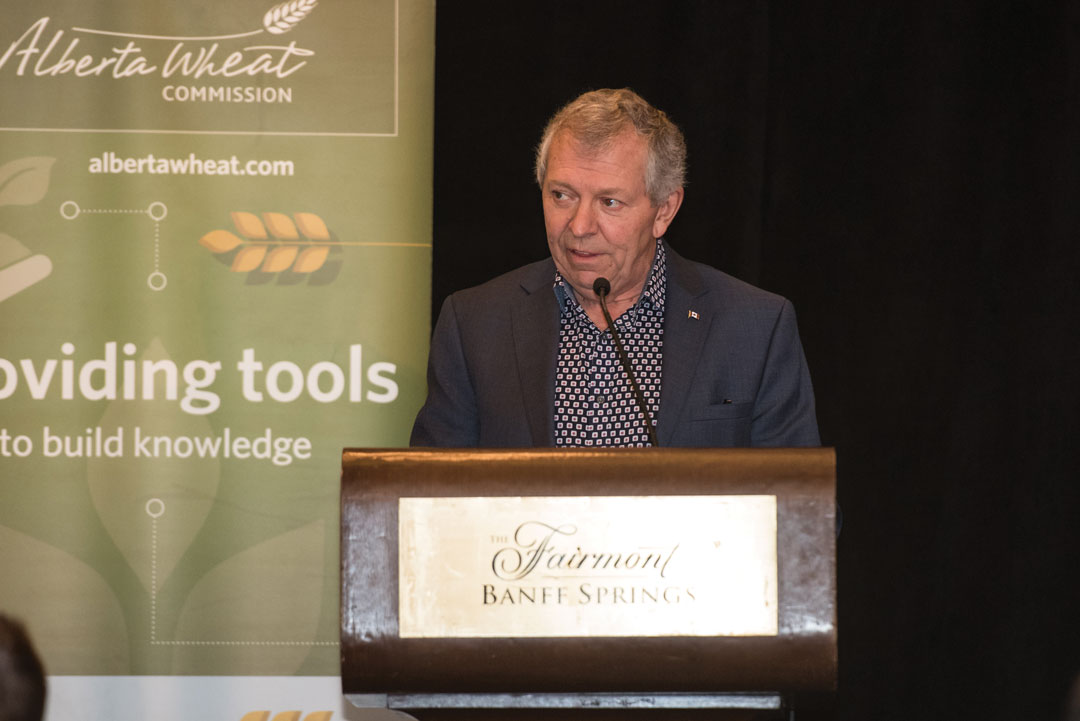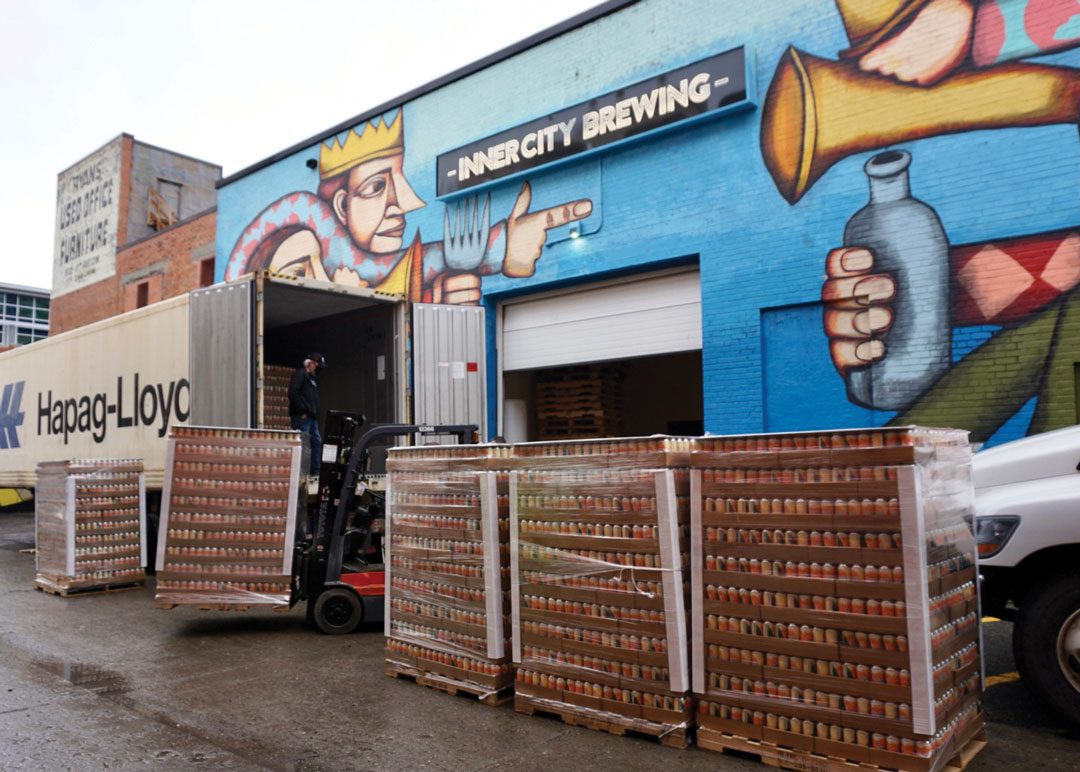WAITING GAME
BY ERIN GOWRILUK
Canada’s agriculture sector waited with bated breath for the outcome of the federal–provincial–territorial agriculture ministers meeting held this past December in Ottawa. The highly anticipated meeting was announced in July when the ministers made a collective commitment to examine potential improvements to the business risk management (BRM) suite of programs before the end of the calendar year.
This commitment was made in response to a collective recognition that the suite offers tools that are “essential in helping farmers address risks such as natural disasters, weather events, severe loss or market volatility” and that “program challenges have been raised by the industry.”
In preparation for the December meeting, government officials were tasked with preparing a set of proposed improvements to AgriStability for ministerial consideration. Grain Growers of Canada (GGC) alongside industry partners such as the Canadian Federation of Agriculture had been calling on the federal and provincial governments to restore AgriStability coverage on losses starting at 85 per cent of historical reference margins with no reference margin limits.
During the federal election campaign in the fall of 2019, both the Liberals and Conservatives made a commitment to improve BRM programs. The Liberals committed to “increase federal support to farmers to help them manage risks beyond their control” and the Conservatives said they would “work with provinces and farmers to make AgriStability more simple, predictable, bankable and timely.”
The ministers emerged from their day-long meeting to announce merely a change in the treatment of private insurance for the 2020 program year. This, despite the above commitments, unresolved trade challenges in key markets and with the harvest from hell fresh in the minds of Alberta farmers.
The lone change means that private insurance payments will be excluded from the revenue calculation, allowing insurance companies to cover the void that AgriStability does not. The day after the communique was issued, Global Ag Risk Solutions announced its new Ag-Wrap Insurance. As a result of the change, the product will “allow producers to purchase coverage for the uninsured voids around AgriStability at a more affordable rate.”
Beyond this, the ministers were not prepared to commit to further changes until another round of analysis is complete. They stated this is intended to ensure BRM programs are “aligned with their intended objectives.”
The ministers also used their December 2019, message to reaffirm their unwavering commitment to Canada’s supply managed sector, promising compensation in light of recent international trade deals. And farmers who derive their livelihood from an increasingly volatile international marketplace will have to wait until April when government officials are expected to present the results of their continued analysis. This means that export-oriented farmers should not expect to see any additional funds for the BRM suite in the 2020/21 federal budget.
Through its advocacy efforts in 2020, GGC will leverage its position in the nation’s capital to continue to put pressure on the federal government to respond to the challenges facing Canadian farmers. We continue to rely on our members in every province across the country to communicate the importance of effective and meaningful programs to their provincial governments.
Erin Gowriluk is the executive director of the Grain Growers of Canada.







Comments